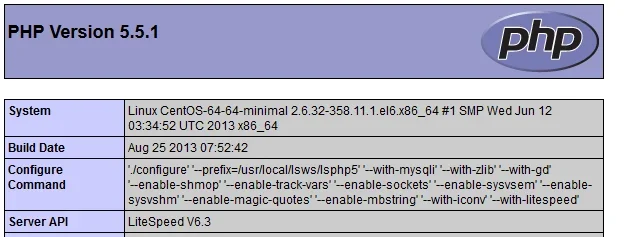Slavik submitted a new resource:
XenForo Server Setup Guide Part 2 (CentOS, OpenLiteSpeed, Percona) (With Pictures!) - An easy to follow quick setup guide for a powerful XenForo server stack. Part 2 of 3
Read more about this resource...
XenForo Server Setup Guide Part 2 (CentOS, OpenLiteSpeed, Percona) (With Pictures!) - An easy to follow quick setup guide for a powerful XenForo server stack. Part 2 of 3
Pre-Word and Disclaimer
This guide may not be published, broadcast, rewritten or redistributed in whole or part with out the express written permission of Slavik at XenForo.com. The author takes no responsbility for any steps, in part, or in whole, undertaken by users of this guide and does not guarantee against any losses, material or otherwise.
Introduction
In...
Read more about this resource...
